READY TO GET STARTED?
REQUEST A FREE ESTIMATE
Fill out the form below or call (888) 466-7849 for a free, no-obligation estimate.
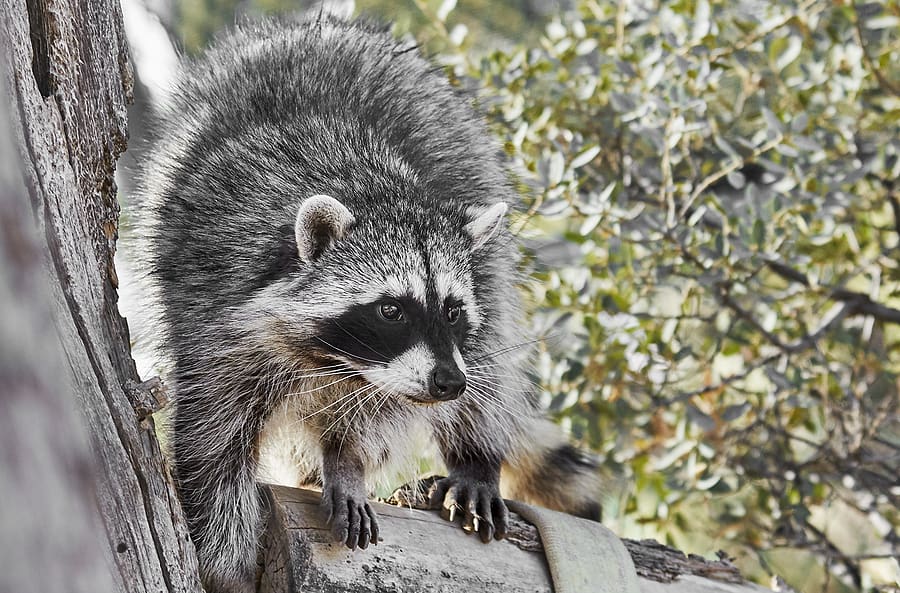
Warmer weather triggers the emergence of animals from hibernation. What many homeowners don’t realize is that wildlife will sometimes take refuge inside your home during the cold winter months. Once the weather starts warming up, these overwintering pests will start waking up and come out in droves looking for food and water. While some wildlife may be harmless, others can cause significant damage to both your home and your health. Some pests leave feces behind that can contaminate your food, kitchen surfaces, and even the air inside your home. Other pests can chew through wood and wires in your attic and walls, putting you at risk for fires.
Some common spring wildlife that can cause issues for homeowners include birds like swallows and sparrows; rodents like rats and mice; bats; squirrels; and raccoons. Birds use eaves, vents, and holes in the roof to make nests. Bird nest removal and bird control is regulated and usually best left to professionals. Rodents are some of the most common nuisance pests, getting inside through tiny spaces and reproducing quickly. Chewing and contamination are huge problems with rodents. While not as common as some of the other wildlife mentioned previously, bats can cause problems for you in the springtime. Bats will usually roost in gable vents and soffits but can also get into your home through the chimney or holes that they can use to access the attic. Larger mammals like squirrels and raccoons can get into attics and chimneys and even crawlspaces and basements. They are some of the most destructive spring wildlife, chewing through materials in your home and leaving behind huge messes.
So what can you do to keep these animals from seeing your home as a safe haven? Check out these tips to help control wildlife this spring.
What to Know About Fleas & Ticks
Commercial Mosquito Control: A No Spray Way for Your Business
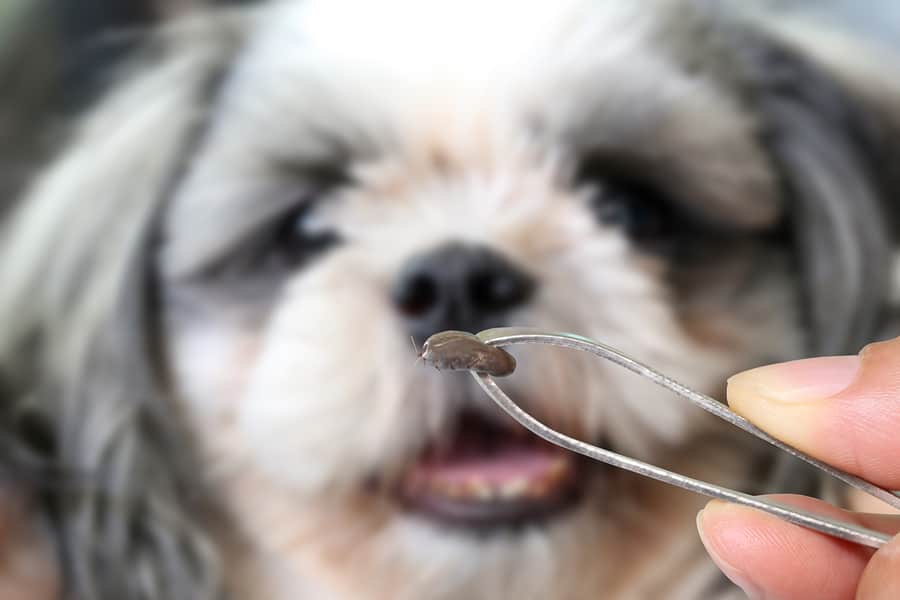
The weather is warming up, many of us are starting to spend time outside with our friends, family, and pets. Enjoying the outdoors has its benefits but also the disadvantage of coming across nuisance pests! Two common spring pests that can be harmful to both humans and pets are ticks and fleas. These insects will typically latch onto us or our animals, making their way inside homes, bringing the risk of infestation.
Fleas
Fleas tend to be dark red or brown, with their size varying between ½” to 1/6” in length. Fleas have a flat body, two antennae, and six legs. These pests will bite both humans and pets such as dogs and cats. Fleas have the incredible ability to jump to great heights, sometimes up to eight feet high! Jumping allows them to hitchhike into homes while hidden in pet fur. Dogs and cats will often get infested with fleas through contact with other animals or spending time outdoors. Once fleas have latched onto an animal host, they tend to stay there and then will easily transfer over to furniture or other animals. Fleas can be a health risk as their saliva is known to cause anemia, dermatitis, and facilitate and transfer tapeworms.
Ticks
There are two categories when identifying ticks: soft ticks and hard ticks. The soft tick will feed on bats and birds while the hard tick will feed on humans, pets, and nuisance wildlife. People and animals are likely to encounter ticks during the warmer months. Ticks can pose several health threats to humans and animals as they can transmit serious diseases such as Lyme disease and “tick paralysis.” Some tick species, such as the American Dog Tick, prefer to attach and feed on domestic dogs, which in turn allows them to sneak into our homes. When ticks feed, they can grow up to four times in size when engorged with blood, making them much easier to spot.
Controlling fleas and ticks can sometimes feel like an impossible task, especially if you have animals. If you suspect that you have a flea and tick problem, consider calling your local professional pest company who can thoroughly inspect your entire property and provide you with a treatment and prevention plan.
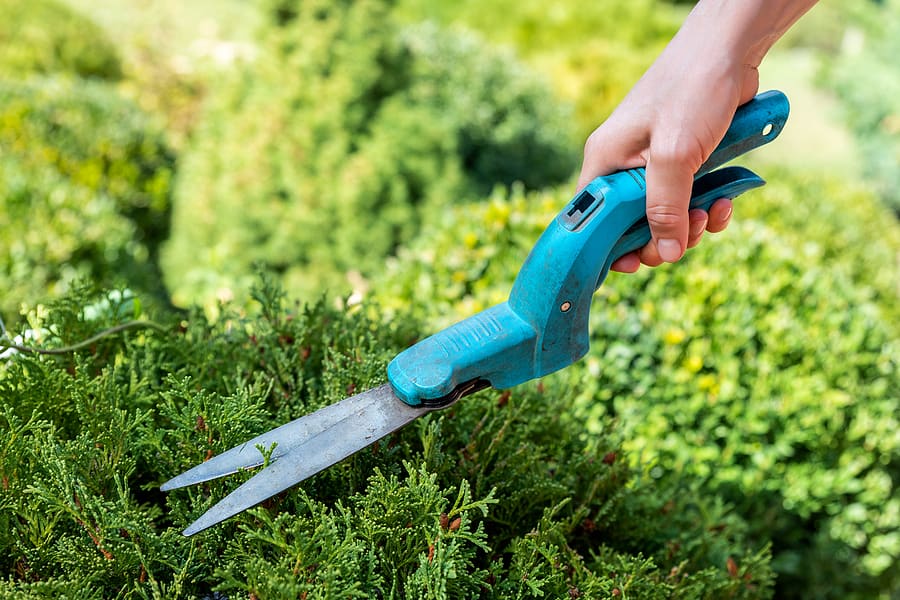
It’s safe to say that mosquitoes are a major nuisance pest during the spring and summer months. These pests can quickly ruin a backyard barbeque with their incessant swarming and biting of your guests! Before peak mosquito season hits and their activity increases, prep your yard early to prevent mosquitoes.
Eliminate Breeding Sites
The elimination of breeding sites is essential to preventing mosquitoes. Mosquitoes breed in stagnant water. If there has been a recent thunderstorm, it’s likely that objects in your yard are holding water. Items that can hold water include toys, buckets, outdoor pet bowls, and tire swings are all perfect places for mosquitoes to breed. Other objects meant to hold water, such as fountains or birdbaths, can also attract mosquitoes. Removing these objects or making sure to empty them of water will help eliminate the chance of mosquito infestations during the warmer months.
Clean Up Clutter
Leaves and debris after a thunderstorm can cause clogged gutters, resulting in the perfect place to breed mosquitoes. Ensure that your home’s gutters are clear of debris, especially after it’s been raining. Consider installing gutter guards that save you time, reduces the risk of injuries, and helps prevent mosquitoes and other pests. Mosquitoes also like to hide in tall grass and shrubbery. It’s crucial to maintain your grass and shrubs, keeping both trimmed and the grass cut short.
Call the Pros
Mosquito control and prevention can sometimes feel like a never-ending battle. A professional pest control company can provide homeowners with a customized prevention and treatment plan to help eliminate these pests. Being proactive and starting mosquito treatments now will help in controlling mosquitoes during peak season!
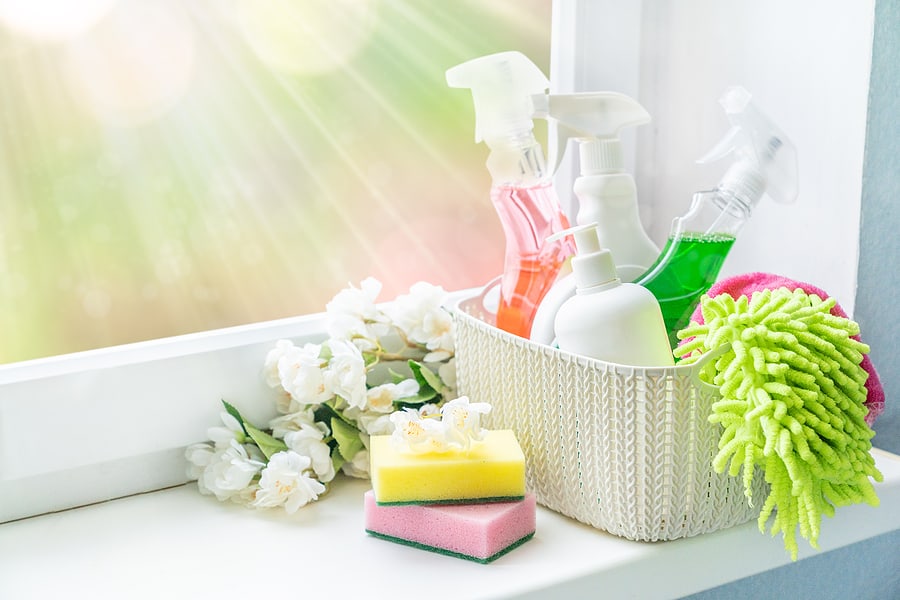
Spring is a perfect time to tackle home projects and deep clean the entire house! With warmer weather expected, it’s essential to get your home prepared and cleaned to make sure spring pests don’t infest!
For many, the kitchen is the heart and main area of the household. Family members gather, cook, and eat in this space, making the kitchen the ideal place for pests to take advantage of both food and water sources that are left behind. Pests like ants are known to infest the kitchen for these things they need to survive. Beetles and Indian meal moths are also searching for a food source, usually in pantries. To keep all these pests out, homeowners should make cleaning a priority all year long. Wipe down countertops after any spills or mess and clean up any food crumbs that might have dropped. Consider going through the kitchen pantry monthly to discard any expired items and wipe down the pantry shelves.
Keeping moisture out of your bathroom can sometimes feel impossible. Roaches and silverfish are two pests that are highly attracted to moisture and often found in the bathrooms of homes. With a little preparation and cleaning, every homeowner can eliminate moisture to keep these pests at bay. Check under the sinks and around the tub to ensure there are no leaks. Keep the bathroom decluttered by cleaning out the medicine cabinet and washing the shower curtain and liner.
Basements and crawlspaces are both dark and cool, making them the perfect place for pests to take refuge. Rodents and spiders are commonly found in these places and will often seek clutter and dark corners to hide in. Going through and eliminating cluttered items and belongings stored in the basement will help keep deter these pests. If storage is needed, avoid using cardboard boxes and use plastic bins with secure lids instead.
Keeping pests out of your home can sometimes feel impossible. If you notice more pests in your house than you can handle, consider reaching out to your local pest control company. These trained professionals can help identify the pests, provide a prevention plan, and treat areas as needed.
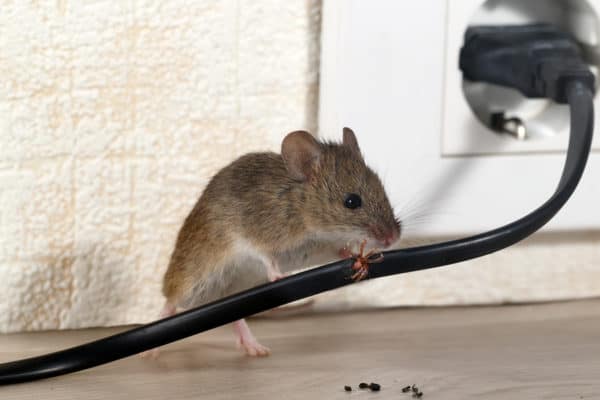
Spring makes its own statement loud and clear; the torrential downpours are soon to be here! With rain on the horizon and “social distancing” in full-force, everyone will be spending more time indoors… even pests! The last thing you want to deal with when you’re already stuck inside your home is an unwanted rodent.
There are three main species of rodent that are prevalent in homes, all of which thrive because of their ability to adapt to human environments. These are the house mouse, the Norway rat (also known as the common rat and the brown rat), and the roof rat (also known as the black rat or the ship rat). At first glance there are some commonalities between all rodent species. They all have a pair of incisor teeth in their upper jaw, short legs, long tails, and they all can cause significant damage to both your home and your health. If you look closer, however, you can see several distinguishing features in mice vs rats to help identify which pest you have.
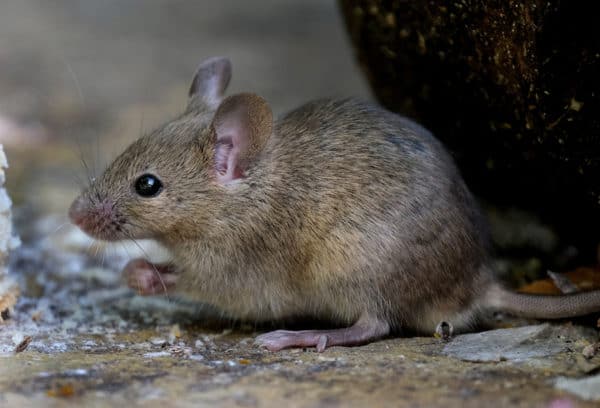
The house mouse is small in size, only about 4 to 6 inches long. In fact, they are often confused with young rats. They are usually light grey, brown, or white in color with lighter shading on their bellies. Mice have large floppy ears and smaller feet and heads than rats. They have triangular snouts with long whiskers. Their tail is proportionally longer than their head and body length.
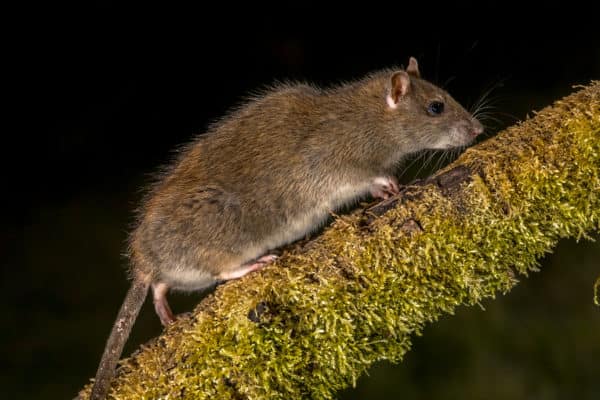
Norway rats are the biggest of the three species at about 10 inches long. They have thicker bodies with fur that is usually brown with black shading and shaggy in appearance. They have a paler color underneath their tails. Their tail is shorter than the length of their body and head and is usually hairless and scaly. They have small hairy ears and blunt noses.
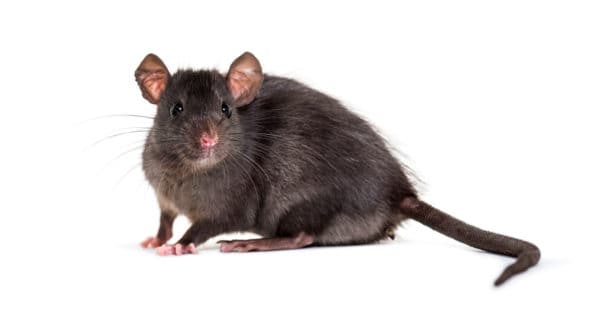
The roof rat is usually about 8 inches long with slender bodies. They have gray fur with black shading and smooth coats. They have dark tails that are usually hairless and scaly. Their tail is longer than their head and body, similar to a mouse. They have large, thin, hairless ears and pointed noses.
The house mouse prefers cereal but will eat almost anything. They kibble their grain when eating it, meaning they remove the outer husk and eat the grain that is inside. They tend to seek out food in the same places which makes baiting them easier. They don’t need to drink water but will consume about 3 mL if it is available.
Norway rats also prefer cereals but will eat what is available. They cut their grains when eating, giving them the appearance of being chopped. These rats also tend to seek food in the same places making them easier to bait, as well. They drink about 60 mL of water a day.
Roof rats prefer most fruit but will eat other foods, as well. They also cut their grain when eating it, making it look like it has been chopped. They don’t usually eat in the same location on consecutive nights making them much harder to trap. They drink about 30 mL of water per day.
House mice usually live on the ground and nest in burrows. They are quite agile and great climbers. They have smaller footprints than rats do. The grease from their bodies can combine with dirt and urine and build up pillars, a telltale sign of their presence. They will often build their nests in hidden areas near food sources out of any soft material or shredded paper they can find.
Norway rats live on the ground and in burrows. They are usually spotted throughout buildings and in sewer systems. Their burrowing can cause extensive damage to sewers. They tend to walk on the pads of their feet and leave continuous smudges on their walking paths from their oily fur.
Roof rats are mainly restricted to buildings and structures around ports and on ships in temperate climates. They are quite agile and very good climbers. They tend to nest up high under roofs (hence their name) and in warmer countries will even nest in trees. They tend to walk on their toes and surfaces they travel on will show scattered smudges.
The newborns of every rodent species are born blind, hairless and completely dependent on the mother for feeding and protection.
House mice typically have litters of 4-16 babies. They can have 7 to 8 litters per year. The reach maturity in about 8 to 12 weeks.
Norway rats typically have litters of 7 to 8 babies. They can have 3 to 6 litters per year. They reach maturity in about 10 to 12 weeks.
Roof rats typically have litters of 5 to 10 babies. They can have 3 to 6 litters per year. They reach maturity in about 7 to 8 weeks.
House mice are nocturnal creatures. They are social and territorial and tend to be bolder than rats. They are curious and will explore new things, making them easier to trap. They are skillful climbers and will fit into small holes to access areas of your home you wouldn’t expect. They are weaker than rats and are usually afraid of them as they will kill them. House mice have a musky odor and are color blind.
Norway rats are also nocturnal. They are typically fearful and cautious about new things. They don’t explore like mice do. They can climb but prefer to inhabit the lower levels of structures. They are stronger than mice and have been known to gnaw through building materials. They have poor eyesight. Norway rats don’t get along with roof rats and they will often fight to the death.
Roof rats are nocturnal. They are skilled climbers and prefer higher levels of structures. They have stronger teeth than mice and can gnaw through building materials. They have poor eyesight. they don’t get along with Norway rats and will often fight them to the death.
House mice droppings are approximately 3 to 8 mm in length. They are often found scattered randomly. They are granular in shape and black in color. They can be found near their nesting areas.
Norway rat droppings are dark brown in color. They are tapered, spindle shaped droppings that resemble large grains of rice.
Roof rat droppings are long and thin and smaller in size than those of the Norway rat. They are more regular in form with a banana-like curve and pointed ends.
Whether you have mice or rats, rodent feces can cause significant health risks for you and your family. Some common diseases caused by rodent droppings include Hantavirus, bubonic plague, salmonellosis, rat bite fever, and leptospirosis. Rodents are also known chewers and can cause damage to the structure of your home and put you at risk for fires by chewing through wires and cables.
If you suspect you have a rodent problem, contact a licensed pest control company who can help identify whether you have a mouse or a rat, apply safe rodent removal techniques, and make sure you have a comprehensive rodent control and prevention plan going forward.
4 Ways To Keep Snakes Out of Your Yard
Getting Ready for Spring Lawn Care
What You Should Know About Termites This Spring